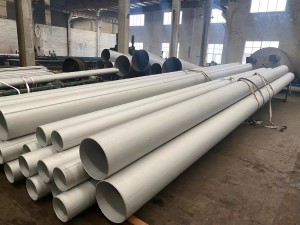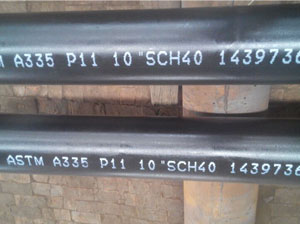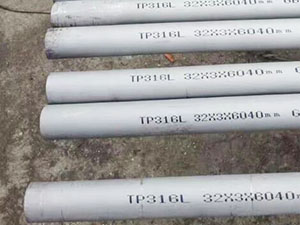Austenitic Stainless Steels –
Thanks to their predictable levels of corrosion resistance and excellent mechanical properties, austenitic stainless steels are the most commonly used grades of stainless steel. This family of stainless steels can be divided rather loosely into three groups:
- Common chromium-nickel (300 series)
- Manganese-chromium-nickel-nitrogen (200 series)
- Specialty alloys
Easily recognised by their non-magnetic properties, the completely austenitic grain structure means that they are very formable, readily welded and retain their ductility down to cryogenic temperatures. Austenitic stainless steels can be prone to sensitization of the weld heat-affected zone and weld metal hot cracking, which can be limited by choosing grades of lower carbon content i.e. 316L instead of 316.
Thanks to its cost competitiveness and wide availability, austenitic stainless steel is used for numerous industrial and consumer applications, notable applications includes use in chemical plants, power plants, food processing and dairy equipment.
Duplex Stainless Steels –
Duplex stainless steels are made up of a combination of both austenite and ferrite microstructures. Consequently, they are much higher strength and resistant to stress corrosion cracking, although slightly harder to fabricate and with a lower toughness. They are suitable for use in applications between -50degC and +250degC. Due to their increased strength and corrosion resistance, they are suitable for applications in more aggressive environments, such as Oil & Gas, chemical process industries and marine environments.





